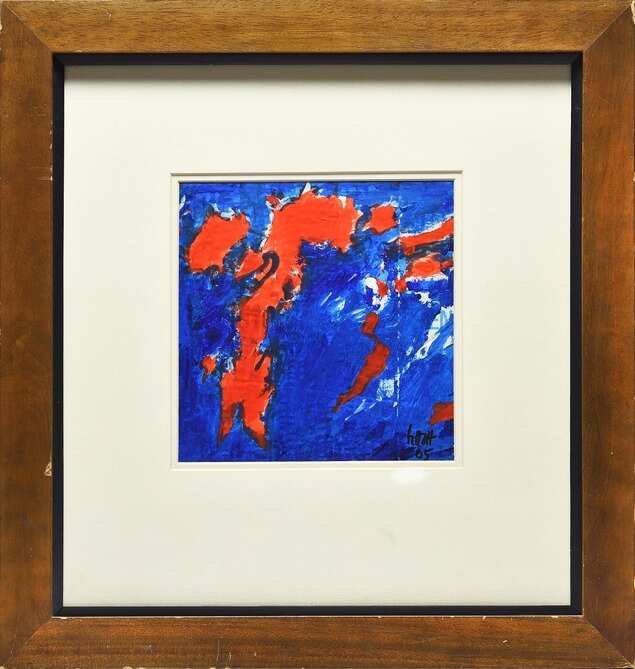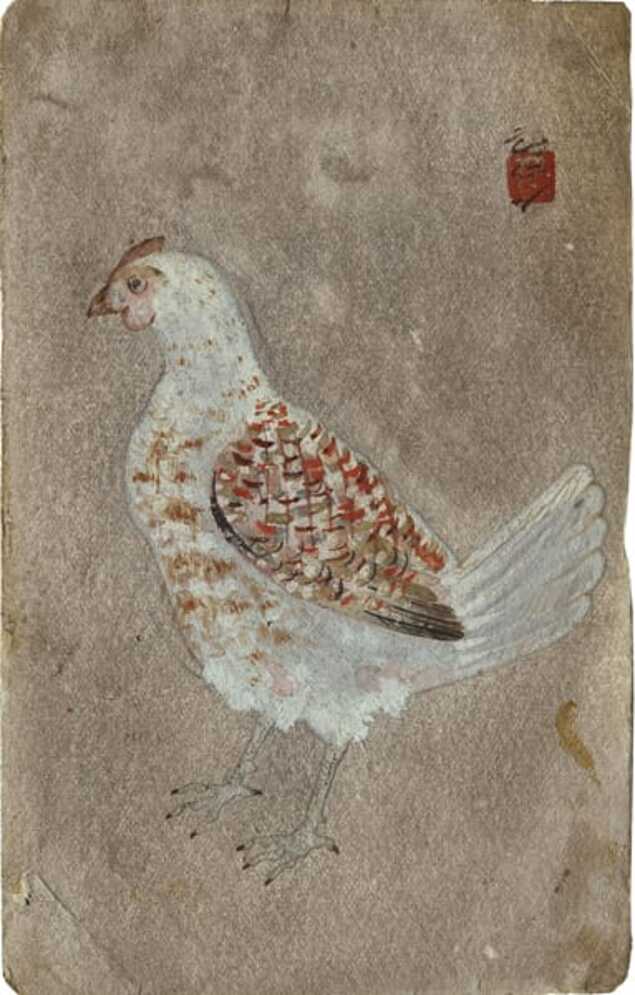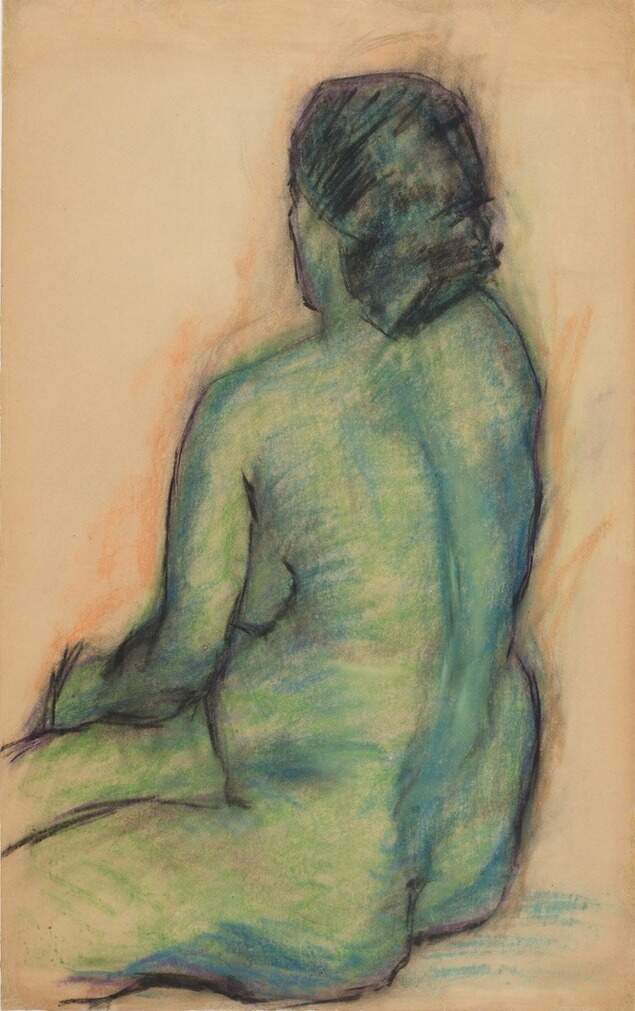
Aakriti Art Gallery’s Masterpieces- 2023 12-03-2023
Vikram Bachawat the second generation collector from Aakriti Art Gallery unveils yet another collection of Masterpieces at Kolkata with a suite of works that revisit a historical moment in art history with the works of acclaimed Masters- Abanindranath Tagore, Achuthan Kuddalur, Akhilesh, Amitava Dhar, Bikash Bhattacharjee, Ganesh Pyne, Hemen Mazumdar, Jamini Roy, Jogen Chowdhury, K.G. Subramanyan, Lalu Prasad Shaw, M.F. Husain, P.R. Narvekar, Paresh Maity, Paritosh Sen, Rabin Mondal, Ramkumar, S.H. Raza, Shyamal Dutta Ray and Sunil De.
Richness of experience

“ The exhibition showcases works that scrutinizes art that speaks from the depths of the soul and reaches out to us to a world of infinitely rich theatre of their soul; weave and re- weave a potent spell for all of who dare to share in the drama, a melody that lingers,” adds Bachawat who has been a frontrunner in the production of catalogues of documentation in Indian contemporary and modern art.
Abanindranath Tagore rooster
Aakriti Art Gallery feels the need to raise the most searching questions in these rare works of the Masters that produced our finest visual texts starting from Abanindranath Tagore.

Abanindranath’s tempera on board shows the artist’s transition from the intricate design and workmanship of miniature painting to the emotive nuances of ‘wash’.The rooster is a magnificent bird which stands in robust reflection his eye on the environment around him.The subtle notes of staccato strokes on the feathers is a marvel to study.
Hemen Mazumdar’s portrait
The power of this portrait of the gentleman lies in its emotive evocations, its expression and its aura of sophistication of yesteryear insignias of portraits that transcend time.

Mazumdar’s gouache and water colour on paper, 1937, is a stellar portrait of a gentleman of aristocracy. Great portraits require time and must translate into its own magic. This gentleman is the epitome of royalty; a beautiful and powerful presence. His eyes reflect within the windows of his soul that must translate to the canvas, this portrait brings back the image to us to add to the essence of an epoch.
Mazumdar’s subjects were influenced by the reality of living history. He enjoyed conjuring images and crafting their backstories. This gentleman with a subtle smile playing on his lips sitting in reflection is a hero.
Jamini Roy landscape

Jamini Roy’s tempera on board, is a landscape of resplendent hues. Roy’s early landscapes were created in the impressionist mould but his colour palette went deeper and contours were more pronounced. His love for nature was more than a mere reflection it was a desire to capture the rhythms of resonance that lay deep within as well as create images that would evoke a response from viewers in terms of deepening the human gaze into nature’s many moods. This tempera on board is one such vignette. The boats on the river are as fascinating as the clouds that dot the cityscape. Its the combination of hues that delight the discerning eye.
Bikash Bhattacharjee Body Language series
Amongst the drawings are a few from Bikash Bhattacharjee’s Body Language series. For Bikash Bhattacharjee, women represented “an index of the moral and material fabric of our social life” and populated his paintings in several forms, roles and guises across the course of his career. From middle-class housewives to elite socialites, and goddesses to widows and prostitutes, Bhattacharjee’s women express both admiration and revulsion, sympathy and mystery.

Towards the end of the 1970s, the artist developed “a distinctive discourse for his portrait-based images, each becoming an icon of inwardness as well as an emblem of some of the most despairing truths about contemporary life and reality. As a chief mode of this discourse he began to project the portrait as a text taken from the visual reality and then he would work on it to deconstruct its surface meaning […] Sometimes the most remarkable surrealist mode of his deconstruction is to portray the characters literally headless or faceless or to erase part of the face leaving the eye or lips as the nodal point of expression in the entire image.” (M. Majumder, Close to Events: Works of Bikash Bhattacharjee, New Delhi, 2007, pp. 151-52)
Also present in this collection is a sombre dim lit Raza work from 1970 , a K. G. Subramanyan’s untitled watercolour (1988) and Ram Kumar, acrylic on paper, 1996, 2005 and ink and pastel on paper.
Live Link